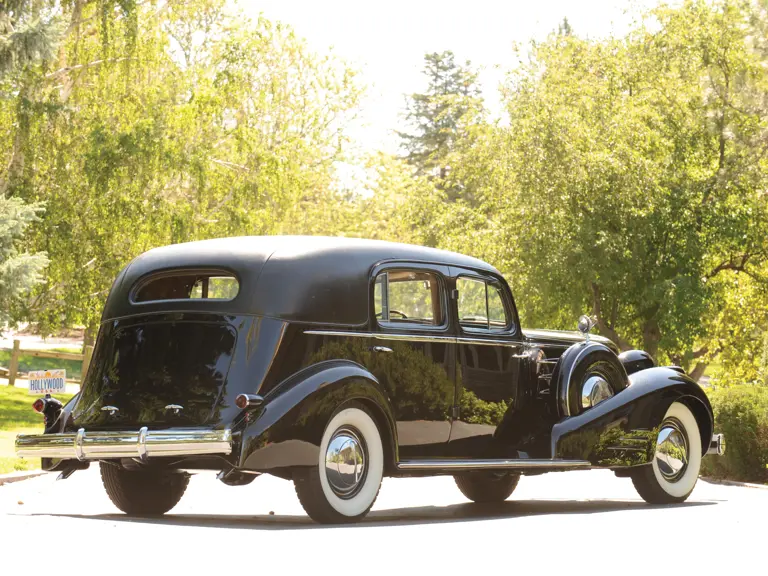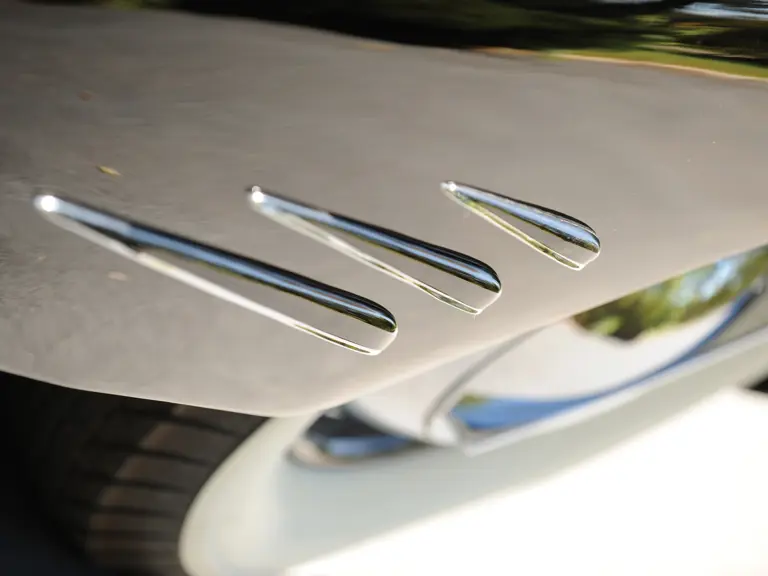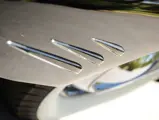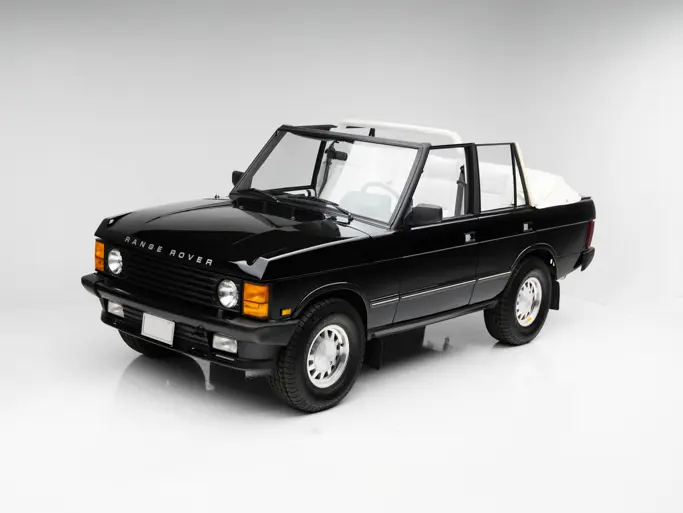185 hp, 452 cu. in. overhead valve V-16 engine, three-speed synchromesh manual transmission, leaf spring front axle and torque tube rear axle, four-wheel power assisted brakes. Wheelbase: 154"
- Delivered new to MGM executive Edgar Mannix
- Believed to have been used by Clark Gable during filming of Gone with the Wind
- CCCA National 1st Place Senior award winner
- Mostly original and still in remarkable condition
In the latter part of the 1920s, Alfred Sloan’s General Motors was gaining on every front – from the new overhead valve six-cylinder engine, which was pitched against Ford’s four-cylinder powerplant, to a full offering of middle and upper-middle class cars ranging from Pontiac to Buick.
In December 1929, Cadillac’s Division President Lawrence P. Fisher announced to all dealers that Cadillac would build the ultimate luxury car. The result was the famous V-16, a trump card that raised the stakes in the luxury car market. After a quiet three-year period of development, the new engine was introduced at the 1930 New York Auto Show. Known formally as the Series 452, its introduction created quite a stir, and despite the deepening Depression, orders began flowing into the factory for Cadillac’s magnificent new automobile, offered in various body styles with most designs executed by Fleetwood.
Longer wheelbases allowed long, graceful hoods, while the chrome and cloisonné “V-16” jewelry on the tie bar and hubcaps ensured that everyone knew this car was something special. Under the hood, the new V-16 engine was an engineering masterpiece, featuring an advanced overhead-valve design that incorporated automatic hydraulic valve lash compensators that ensured the engine ran as quietly as any side-valve engine. The narrow 45-degree cylinder bank angle produced a compact engine with good inherent balance.
Just as important as the car’s mechanical specification, however, was the underhood appearance. Styled by Owen Nacker, it was the first engine bay to receive special design consideration. Wiring was hidden under covers accented by cloisonné knobs, while gleaming black enamel contrasted with a brushed aluminum raised pattern on the valve covers. Fuel lines were plated, and a false firewall hid the necessary wiring and plumbing from view.
Despite the undeniable magnificence of the V-16s, they did not go unaffected by the worsening of the Great Depression. As the 1930s progressed, the great V-16 Cadillacs became more and more difficult to sell. Consequently, ownership of such limited, pricey automobiles was generally reserved for the elite and wealthy. Nevertheless, Cadillac experienced enough sales to sustain the company through the lean years and eventually even outshine its rival Packard.
This particular V-16 Fleetwood Custom Imperial Cabriolet is believed to have been purchased new for specific Hollywood events and delivered to the Beverly Hills home of Metro-Goldwyn-Mayer (MGM) Vice President and General Manager Edgar “Eddie” Mannix. Mannix’s reputation in Hollywood was such that Clark Gable once said, “Why do I need to sign a contract? I shook hands with Eddie Mannix.”
Used by top MGM stars during the “Golden Age of Hollywood,” Mannix’s car was intended to convey an image of ultimate prestige as it was used in studio operations, appeared with top MGM stars at events like the Academy Awards, and was provided for their use during filming of major motion pictures. Various important stars enjoyed that privilege, but none were more significant than Clark Gable, and perhaps Vivian Leigh, who used the car during the filming of the multiple Academy Award-winning Gone with the Wind. It is said that Gable, a devoted car enthusiast in his own right, preferred to drive the smooth and powerful V-16 himself instead of being driven in it.
Apparently, Mannix considered the V-16 too historically important to part with it and kept the car for the rest of his life. Thirty years after its original delivery by Hillcrest Cadillac, the car was sold from Mannix’s estate after his passing and was subsequently owned by a series of prominent car collectors before eventually finding its way into a collection in the St. Louis area, where it was used and stored for years. After the passing of this St. Louis-area collector, the car was sold to an enthusiast in Colorado. As presented, the car is a remarkable survivor. The paint, interior and trim are mostly original and have been sparingly retouched or refinished only when absolutely necessary to maintain the car’s magnificent patina. Notable features include a blind rear quarter, padded leather roof, roll-up divider window, rear clock, heaters and a hidden rear-seat radio. Additionally, this car is reportedly the only known V-16 Cadillac to have warranted a Sterling Silver Goddess hood ornament.
While less than 50 V-16 Cadillacs were built for 1937, this is one of just two Series 90 Fleetwood Custom Imperial Cabriolets built with a modified “V” windshield and, as such, is a very rare car indeed. Also, 1937 was the first year for hydraulic brakes and the last year for the powerful and beautiful 452 cubic inch V-16 overhead-valve engine and the 154-inch wheelbase, the longest ever for an American car. What’s more, this V-16 is understood to be the most expensive car sold by General Motors in 1937, comparable in price to several exclusive private homes. Well maintained its entire life, it remains in remarkable original condition, right down to the luxurious original upholstery enjoyed by top MGM stars. It is an excellent candidate for any show of classic American automobiles.



















 | Plymouth, Michigan
| Plymouth, Michigan















